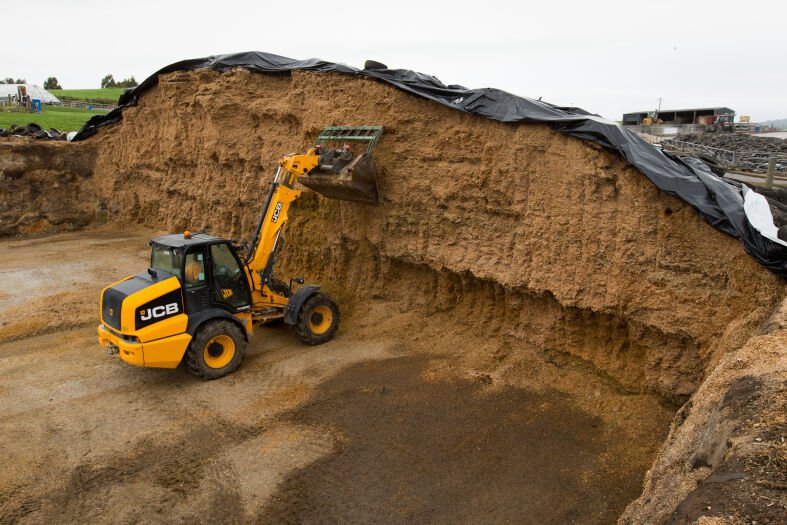
Articles
Laboratory testing of maize silage

A maize silage feed test provides useful information to help feeding management and may also provide you with ideas of how you can make improvements next season.
Sampling
It is easy to grab a handful of maize silage from a stack, but getting a sample that accurately represents the material in the whole stack is much more difficult.
The best way to get an accurate sample is by using a corer once the stack is open. Take around nine samples from the stack face comprising of three from the lower third, three from the middle and three from the top third. Combine all the samples in a plastic bag, squeeze it to remove as much air as possible and seal it. Send the sample to the laboratory as quickly as possible. The longer the sample is in transit at ambient temperature and exposed to air, the more the quality of the silage drops. Delivering the sample to the laboratory yourself is the best option. Alternatively use an overnight courier but make sure you avoid the sample being in transit over the weekend.
Interpreting the results
Once you have the results of your silage analysis, the next challenge is to work out exactly what they mean. Let's go through the key results of a maize silage test.
- pH: This is a measure of the acidity of the sample. Ideally maize silage should have a pH between 3.7 and 4.2. The lower the pH the better, as it is the silage acids that preserve the quality of your maize silage.
- Drymatter (DM): Ideally the sample should be between 30-38%, drymatter however I have seen some very good quality maize silage that is over 40% drymatter. Dry maize silage can result from either a very dry plant, or a high grain to stover ratio. Last year, as a result of the drought, the DM was high because the plant was dry. Three seasons ago the DM was also high but this was because the silage was full of grain.
- Neutral Detergent Fibre (NDF): is a measure of the fibre content and indicates how much the cow can eat. The higher the NDF the lower the cow's intake and vice versa. The more stover, the higher the NDF and the more grain, the lower the NDF. Ideally maize silage should have an NDF between 35-50%
- Starch: The more grain in the sample, the higher the starch content. Aim for a starch percentage over 30%.
- Crude Protein: Maize is a low protein feed with crude protein normally around 6-9%.
- Digestibility: The higher the digestibility the more Metabolisable Energy (ME) which is available to the cow. Starch is very digestible therefore more starch means higher digestibility and in turn more ME.
- Ash is a measure of the mineral content of the maize silage. It usually indicates how much dirt is on the crop. The lower this figure the better.
- Metabolisible energy (ME): Many people don't realise that ME is calculated, not measured. The number is based off a formula, driven by digestibility. The average maize silage has an energy content of 10.8 MJME/kgDM.
If you would like some help interpreting your maize silage analysis or some help on how you can improve next year's maize silage, the team at Pioneer® brand products are happy to assist. Feel free to contact you local Pioneer Representative or call 0800 PIONEER (746 633).
